Overview
Posthoc is a way to build simple and effective visualisations ✨ for sequential decision-making algorithms, such as search algorithms 🚀.
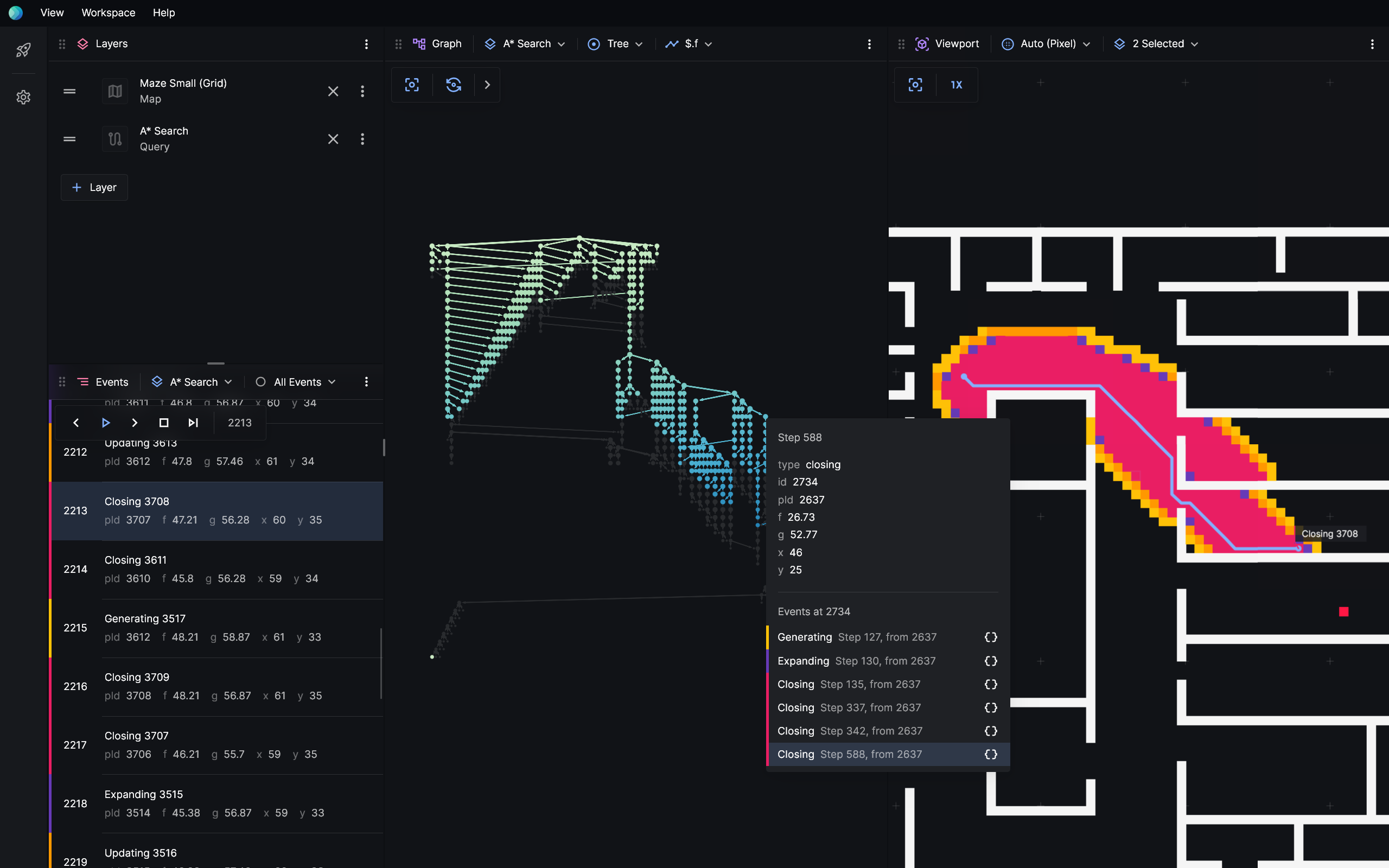
It's easy to get started.
- Print logs as search traces
- Load those into the Posthoc visualiser
- Voila!
Search trace is log-like YAML format that describes what happened during your algorithm, and how you want to visualise it. If you're generating logs already, we invite you to convert them to search traces. Then, Posthoc is a comprehensive, no-install visualiser that helps you interpret and analyse search traces.
Find and fix problems
Interrogate decisions
Play back, step-through, and inspect the decisions of your algorithm. See your algorithm as a decision tree by annotating your log with id and pId properties, or view it in context by including declarative rendering instructions in your trace.
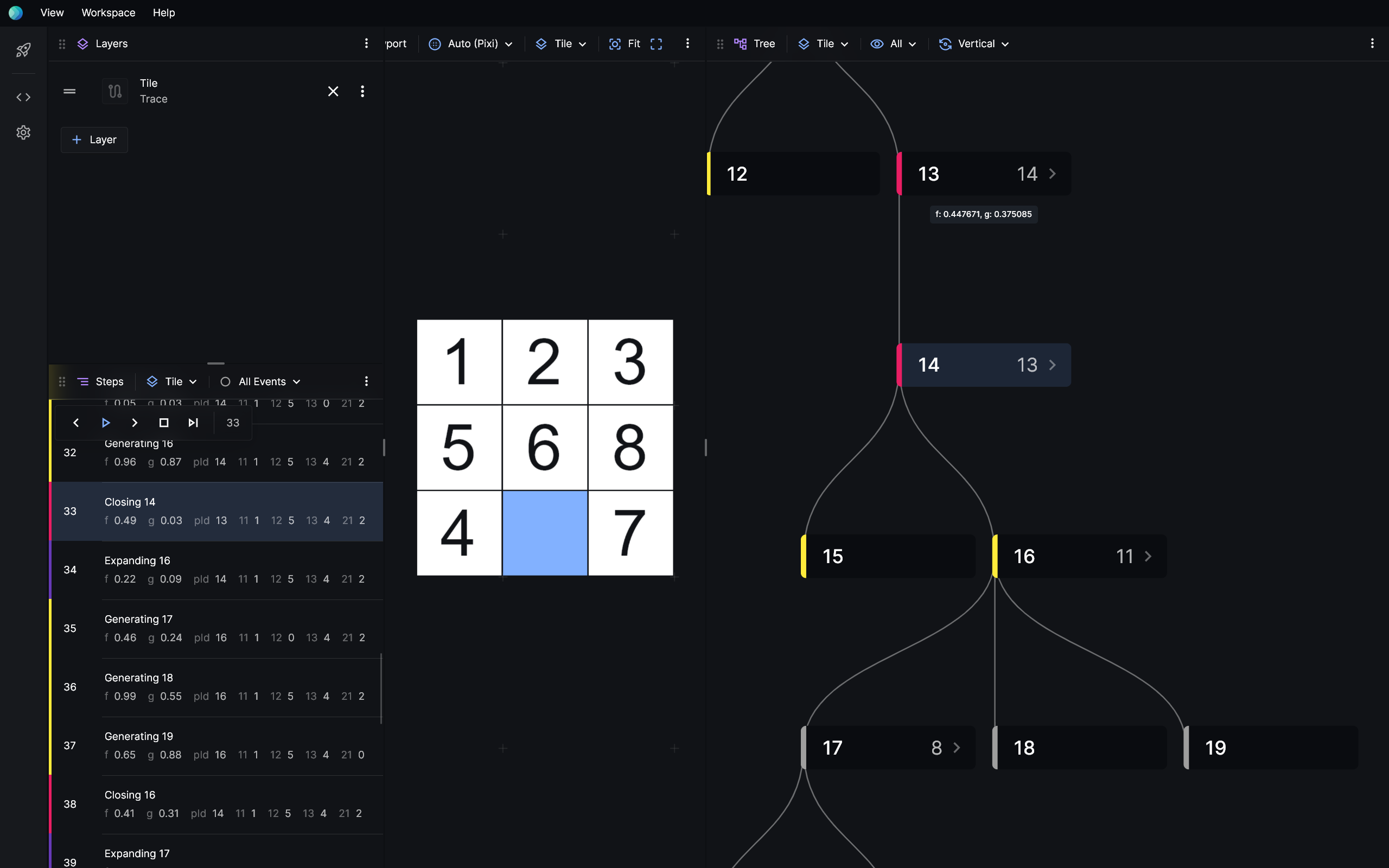
Use built-in debugging tools
Pinpoint when an invariant is violated, where a point of interest is, or where things go wrong, during algorithm execution. Do so by setting regular breakpoints or breakpoint expressions.
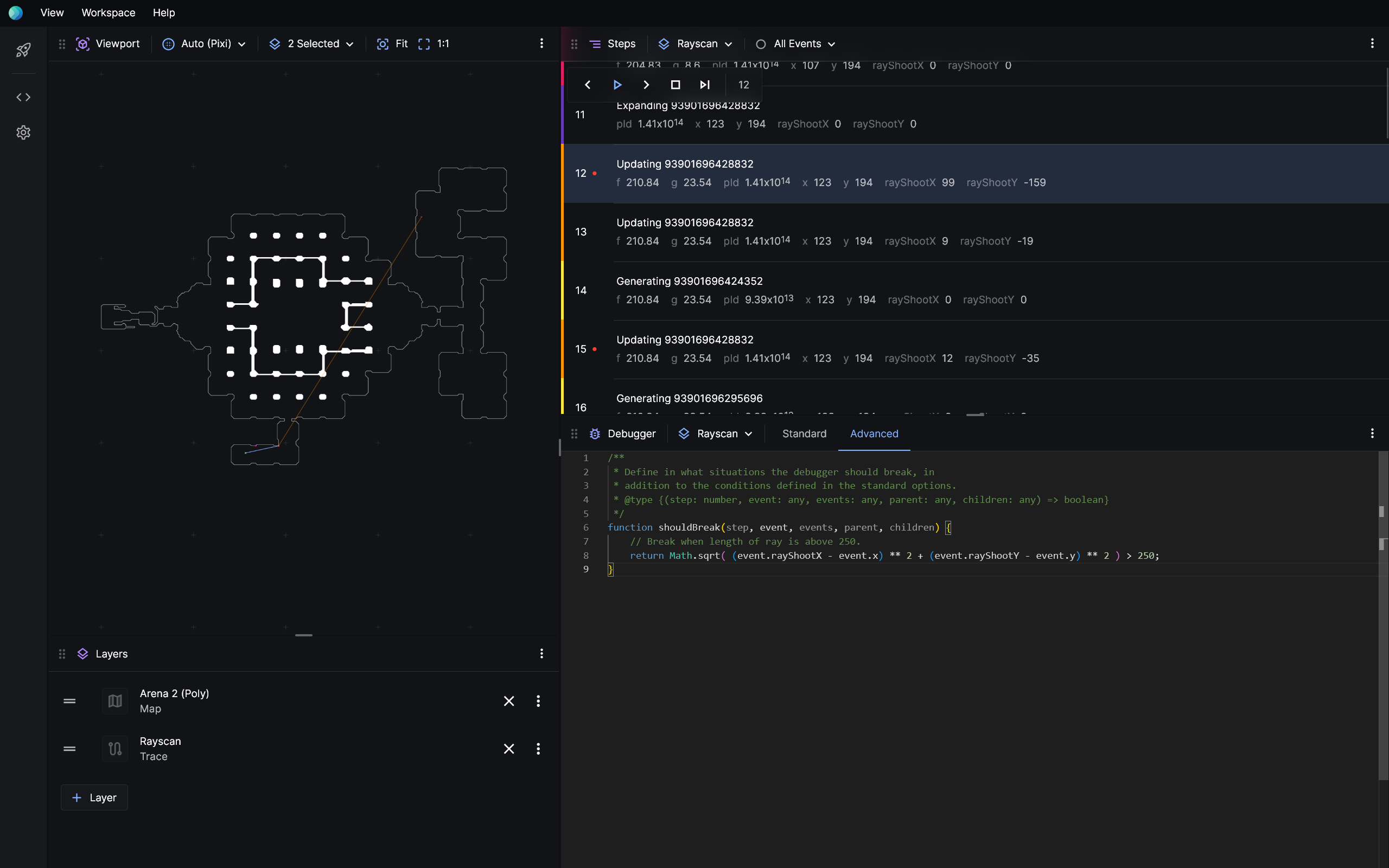
Compare with a baseline
Identify where your algorithm has deviated from a known good baseline by comparing traces side-by-side or superimposed.
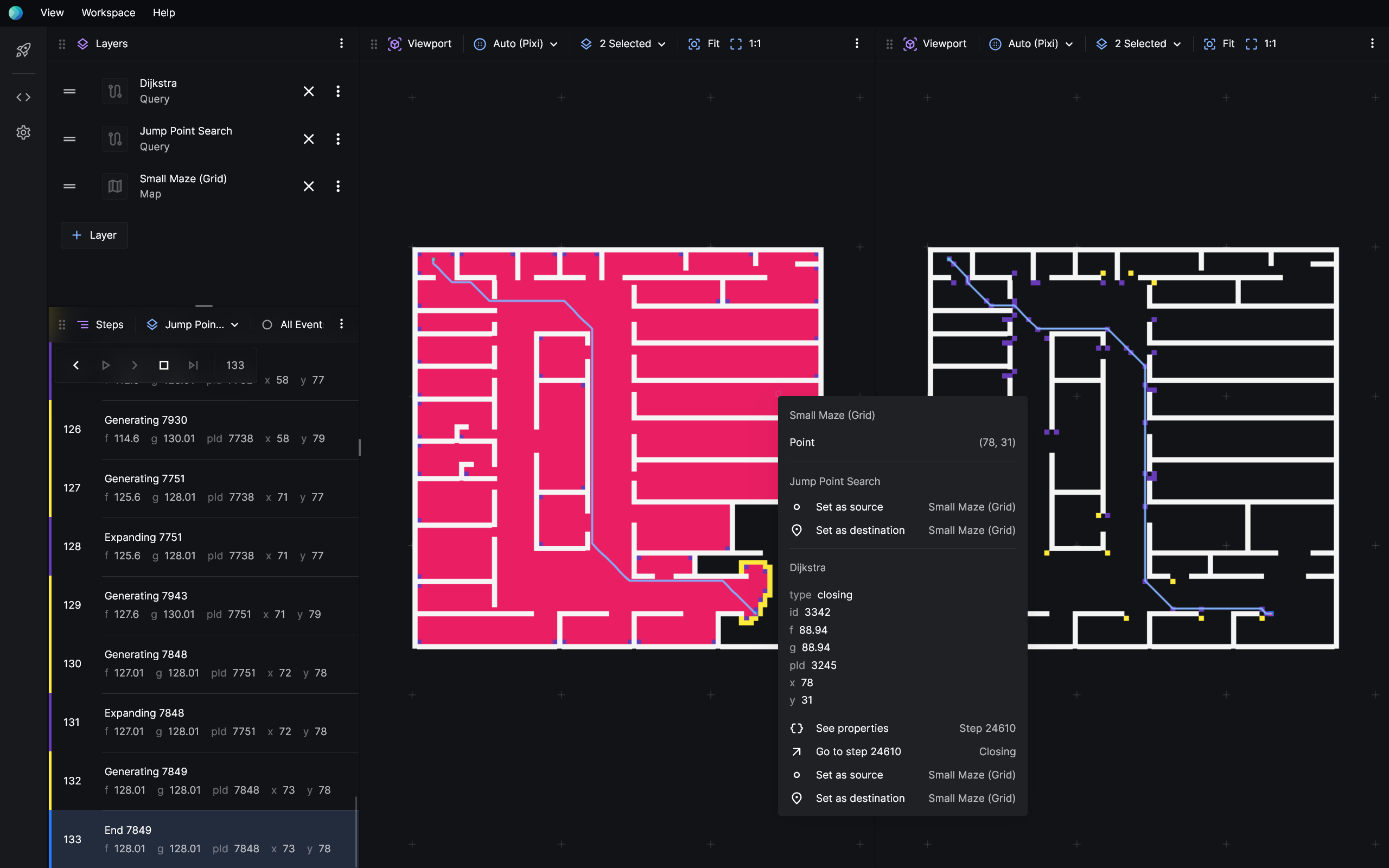
Collaborate and share
Discuss ideas with your team
Visually present your work to other people to solve problems and exchange ideas.
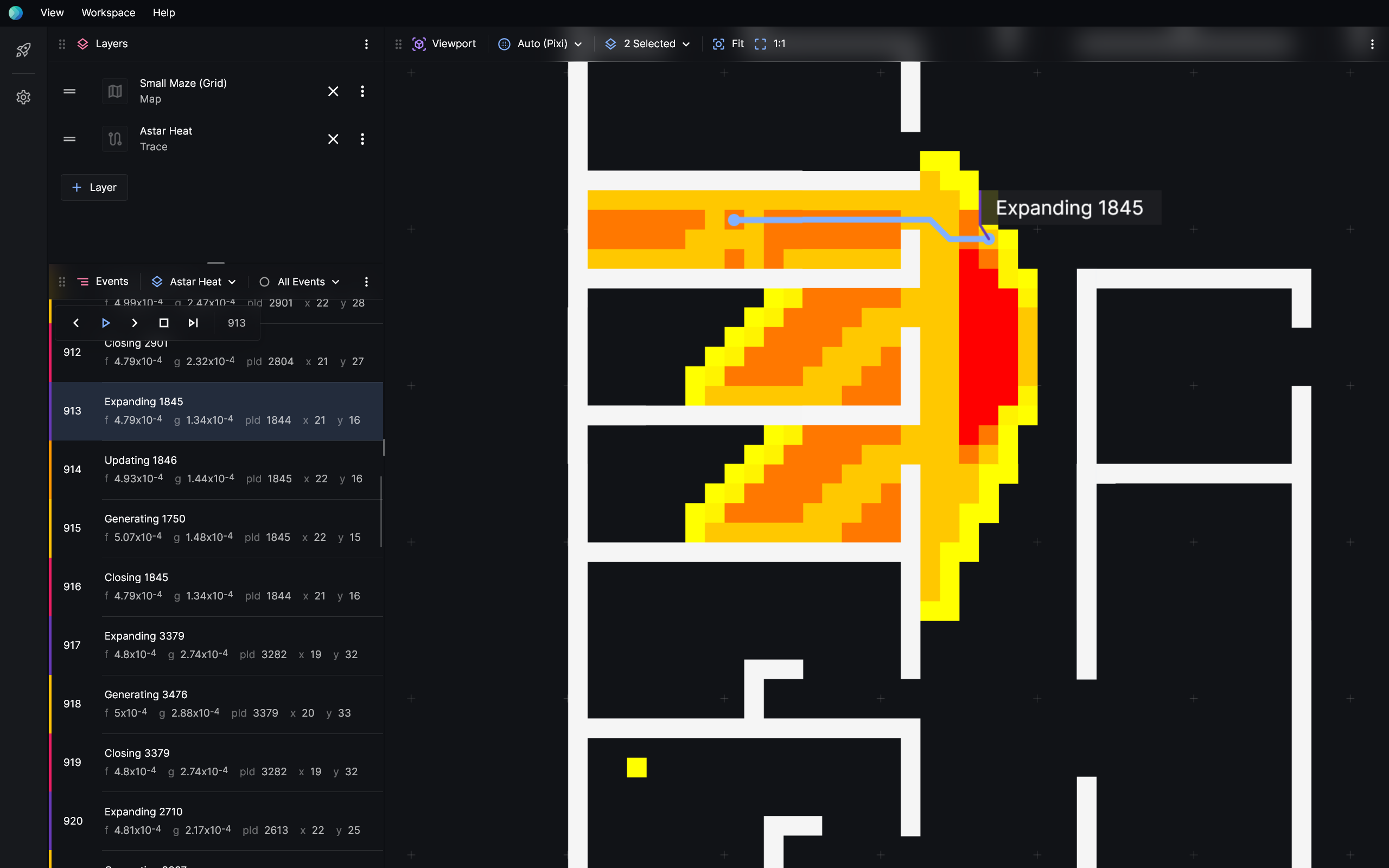
Help students learn
Walk through algorithms and techniques with students.
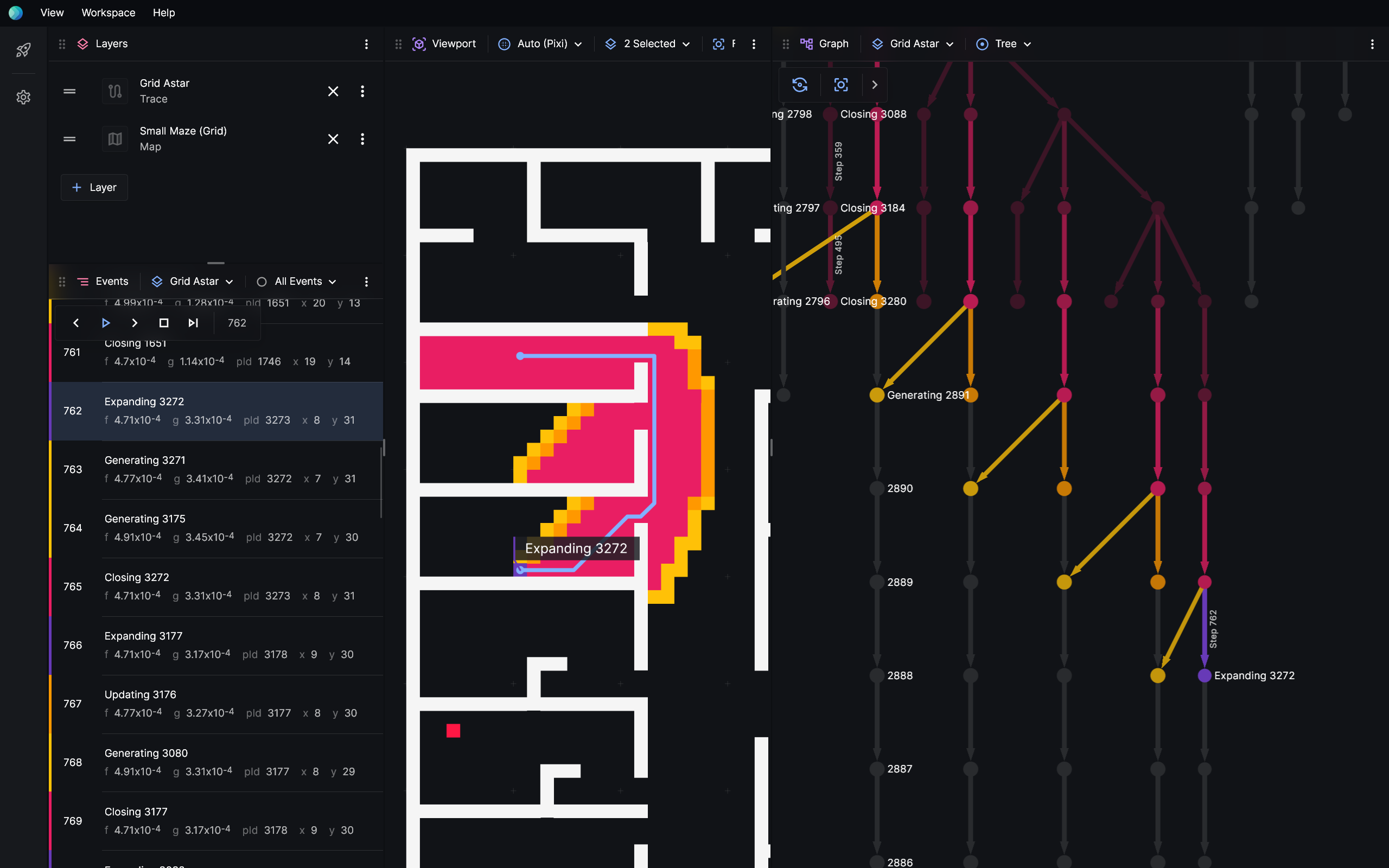
Share your work
Let the wider community discover your work.
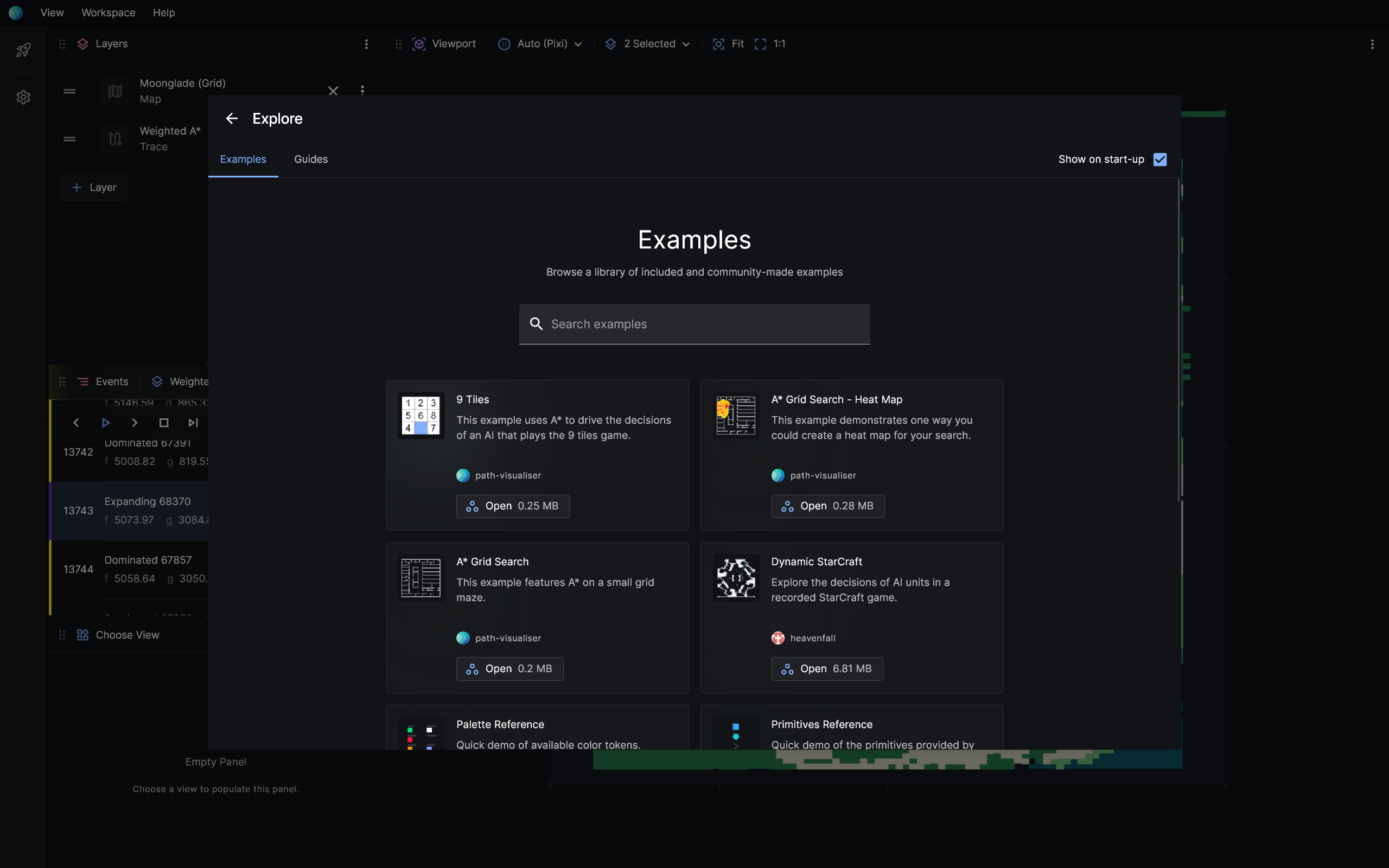
Why we built Posthoc
We're a team of optimisation researchers at Monash University.
We built Posthoc because, so often, we want visualise our algorithms so we can better understand them, but equally as often we're intimidated by cost-benefit ratio of employing them in our workflows.
Building visualisations is a lot of effort; we want to focus on writing and perfecting our algorithm, not coding up visualisers. So when our algorithms don't behave as expected, we'll tend to troubleshoot via debuggers, logs, and assertions.
Posthoc adds visualisation to our problem-solving toolkit 🛠️.
When problems occur in a spatial environment — navigating through roads, corridors, terrain etc — it's just natural to reason about them visually. Posthoc lets us create simple and effective visualisations to leverage intuition, debug problems, draw insights, and collaborate with each other.